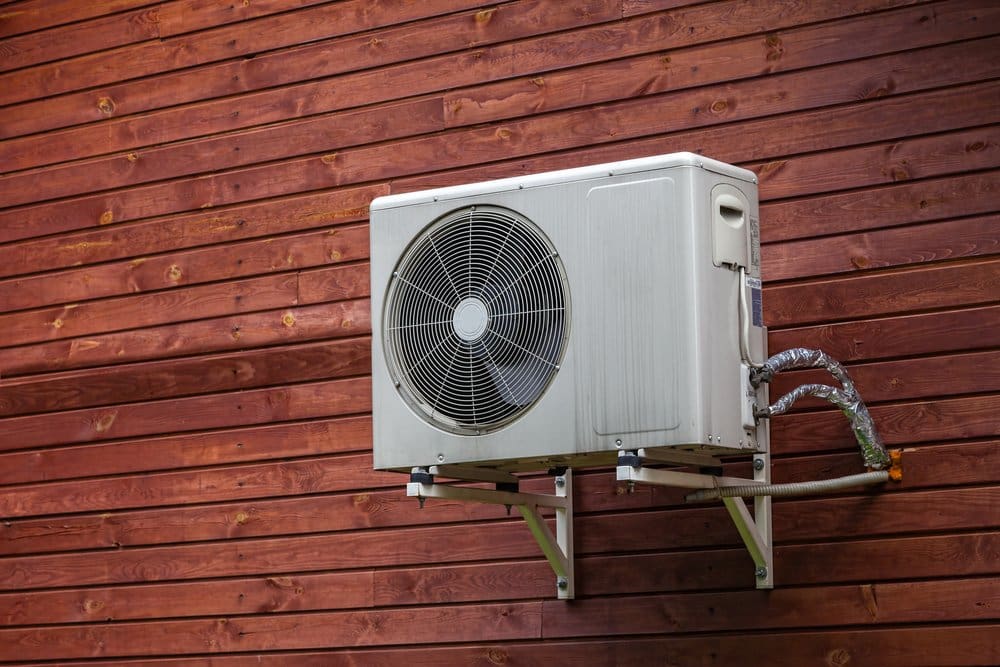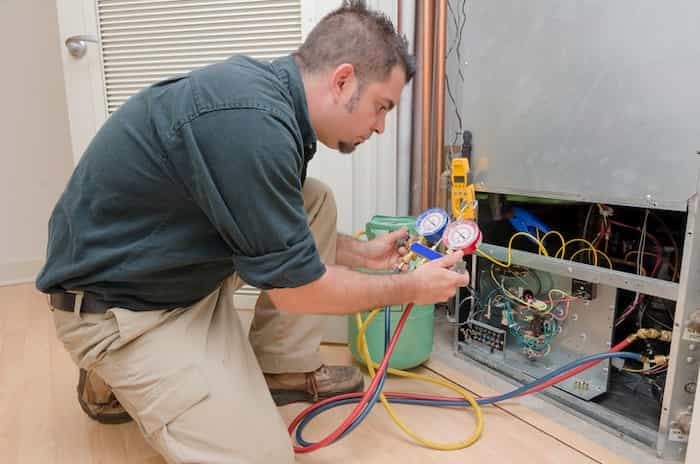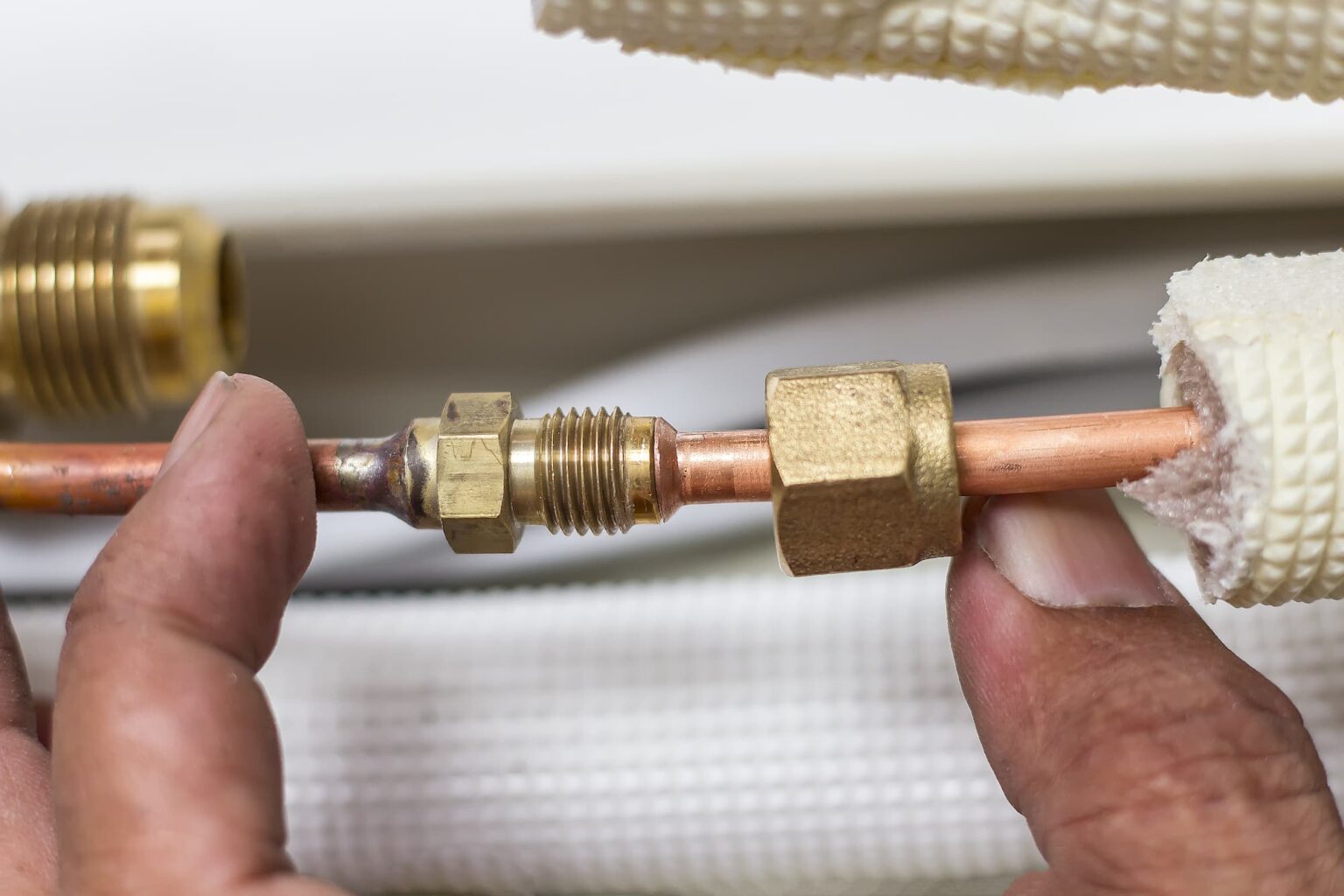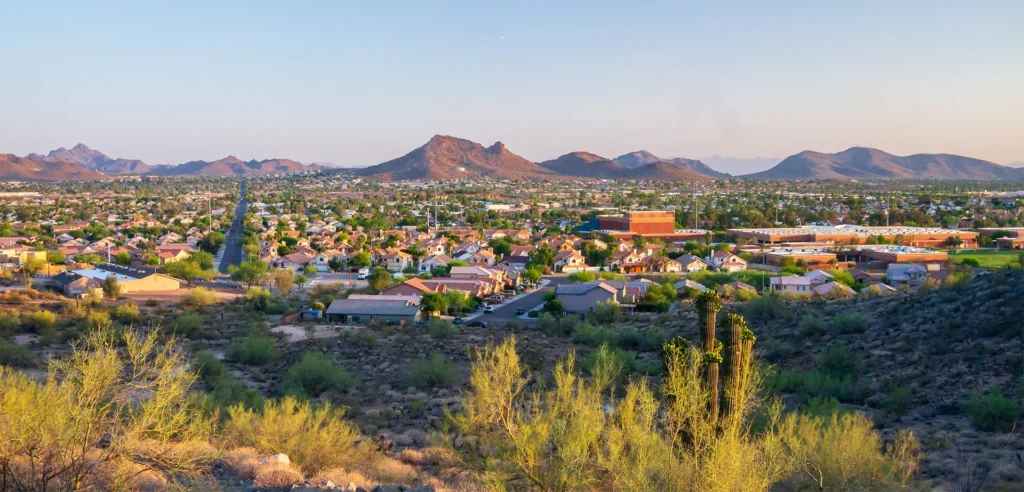Cleaning is generally not everyone’s favorite task, and if you have a particularly dusty house, you may feel as though you’re cleaning all the time. Dust is a nuisance that affects all homes. But if you find yourself cleaning constantly yet your house still has a thick layer of dust, there may be an underlying problem.
Dust buildup can lead to adverse health effects such as asthma attacks or an increase in allergy symptoms. If you find yourself asking, “why is my house so dusty?”, read on to find out more about dust and what you can do to troubleshoot a dust issue in your home.
Dust 101
At its core, dust is comprised of fine particles of solid matter. There are generally two places that dust can originate, indoors and outdoors. Outdoor dust comes from sources such as dirt on your shoes when you come inside or tiny particles of pollution that hang in the air when you open the door. Indoor dust comes from sources such as pet dander, human skin and decaying particles from your furniture or carpeting. It can also be comprised of micro-organisms, pollen, and materials from plants, all potential allergens.
Not only does a dusty house look unsightly, but it can potentially cause health issues as well. Depending on the levels of dust and length of time that you have been exposed, inhaled dust can cause such issues as coughing, sneezing, eye irritation, asthma attacks, and hay fever. Dust can be particularly detrimental to those with asthma and compromised immune systems.
While dust is a common and universal household complaint, too much of it can be a big problem. Whatever the source of the dust, if you’re finding thick layers of it consistently, your heating, ventilation and air conditioning (HVAC) system could use some attention.
Your HVAC is Your First Line of Defense Against Dust
A quality HVAC system is one of the most expensive, yet important investments you will ever make in your home. Beyond the main functions of heating your house in the winter and cooling your house in the summer, your HVAC does a lot to trap and remove the dust, mildew, and mold that can get into your home.
Consistent, poor air quality in the Phoenix metropolitan area doesn’t help your indoor air pollution problem. To ensure good air quality in your home, it is imperative to keep your heating, ventilation, and air conditioning system in good working order by scheduling regular maintenance.
Basic Preventative Measures Against a Dusty Home
Before you start making costly repairs, there are a few minor issues you can take care of on your own to combat your dust problem. Some easy places to start include:
Change Your Cleaning Routine
This may sound counter-intuitive, however, sometimes the way you clean contributes to dust accumulation. Whether dust has originated from inside your home or was brought in from outside, gravity forces dust to settle on the ground. When you go to vacuum, anything not picked up by your vacuum cleaner is blown around and back into the air, further extending the dust cycle.
To help with this issue, save your vacuuming for last. Instead of immediately reaching for the vacuum, start by dusting the top of the refrigerator, the blinds, and anything else higher off the ground. This helps to get as much accumulated dust off the surfaces in your home as possible. Now when you go to vacuum you have a greater chance of getting more of the dust into the vacuum bag. On that note, don’t forget to periodically clear your vacuum’s contents.
Get Your Big Outdoor Projects Done
Since so much dirt and dust originates outside, one way to ease your home’s dust problem is to get your yard in shape and to clean out the garage. If your yard is a disaster and your garage is a mess, just think of the amount of dirt you’re tracking into your house on a daily basis. If you keep your outside areas clean, it will help prevent and minimize the dust issues inside your house.
How To Troubleshoot a Dust Problem in Your Home
Once you’ve taken care of any cleaning issues, if the level of dust in your home still seems excessive, it’s time to troubleshoot your HVAC to see if there is an issue with one of its components. Start small and do a simple inspection. Here is your troubleshooting checklist:
Clean or Replace Your Filters
The easiest fix for your HVAC is simply making sure that the filters for your air conditioner or furnace are clean. If there is a lot of buildup on your filter, it is basically useless at trapping any more dirt. A good rule of thumb is checking in on these filters every month, particularly if someone in your household has allergies.
Inspect Your Thermostat
Airflow is an extremely important component of keeping the air in your home healthy and pure. If you do not have enough airflow in your home, then it’s easy for dust to accumulate. Conversely, if air is flowing but too much of it contains dust particles, then once again you are left with dust. To troubleshoot the airflow situation, keep your thermostat fan switched to “On.” When you select “On,” that keeps the fan running continuously. If you have it set to “Auto,” that means the fan will only run based on the settings of your air conditioner or furnace. By doing this, it will not only keep airflow going, but will also let you know if there is a communication issue between the fan and the rest of your HVAC unit.
 Check Your Registers
Check Your Registers
Those vents on your wall that pump cool or hot air when your air conditioner or furnace is running are called registers. When the air is on, wave your hand in front of the register to see if the right amount of air is being blown. If not, it’s possible that there could be a problem with the blower motor. This is an issue that you most likely would want to call AC companies in Phoenix to help you fix.
Inspect the Ducts
The final checkpoint is the ducting system. To check the ducts, make sure your HVAC is on, then put your hands on the ducts and see if you can feel if air is escaping. If you find places where you feel air blowing on your hand, that means air that has not been filtered is entering your home. Oftentimes you can see black marks on the wall near these openings. The black marks are from the dust blasting into your house.
There are many reasons why dust could be an issue for your home, from inefficient cleaning routines to a broken duct. If you’ve been asking yourself, “why is my house so dusty?” it might be time to have your HVAC system looked at. If you’re looking for AC companies in Phoenix, get in touch with Day & Night Air. Our team of specialists is well versed in fixing HVAC systems and improving the overall air quality in your home. If you’re plagued with a dusty house, we will get your heating, ventilation, and air conditioning back in working order.
Give us a call:602-492-9656

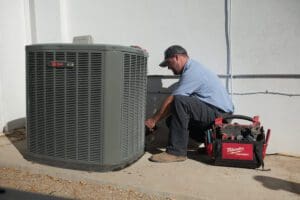

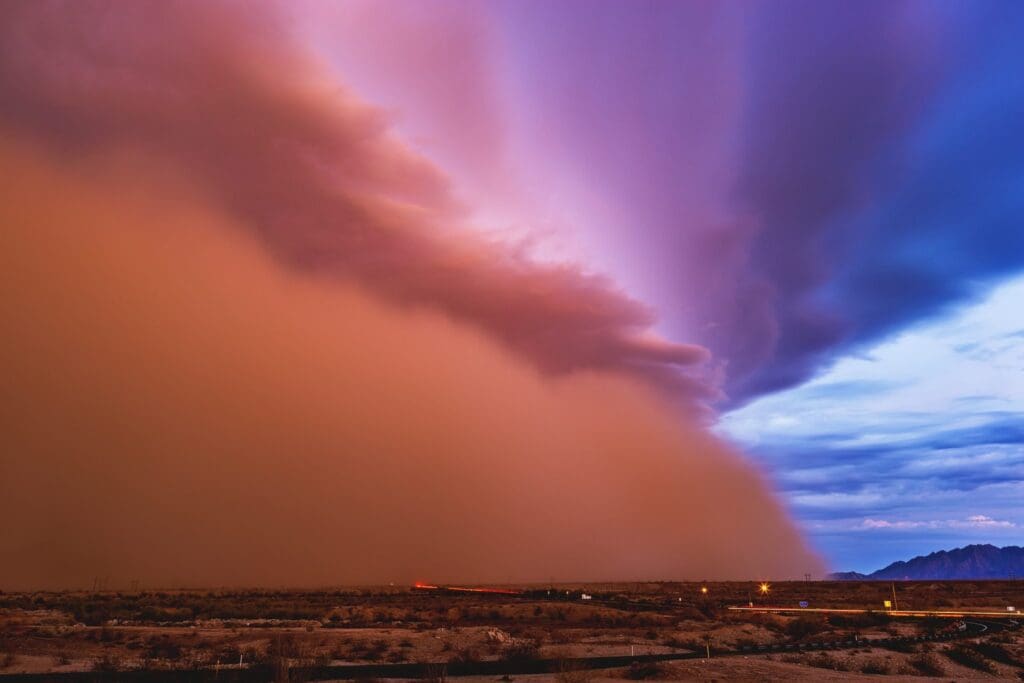
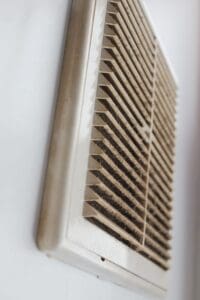 Check Your Registers
Check Your Registers